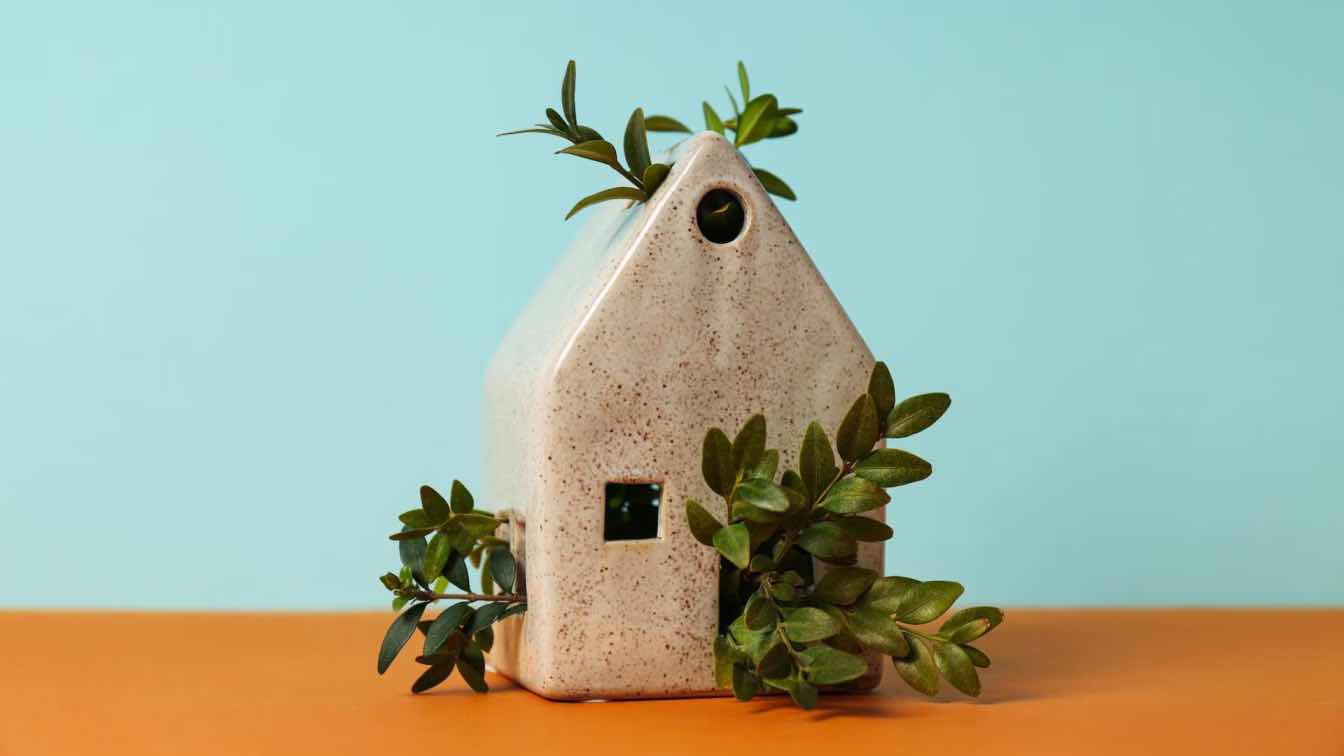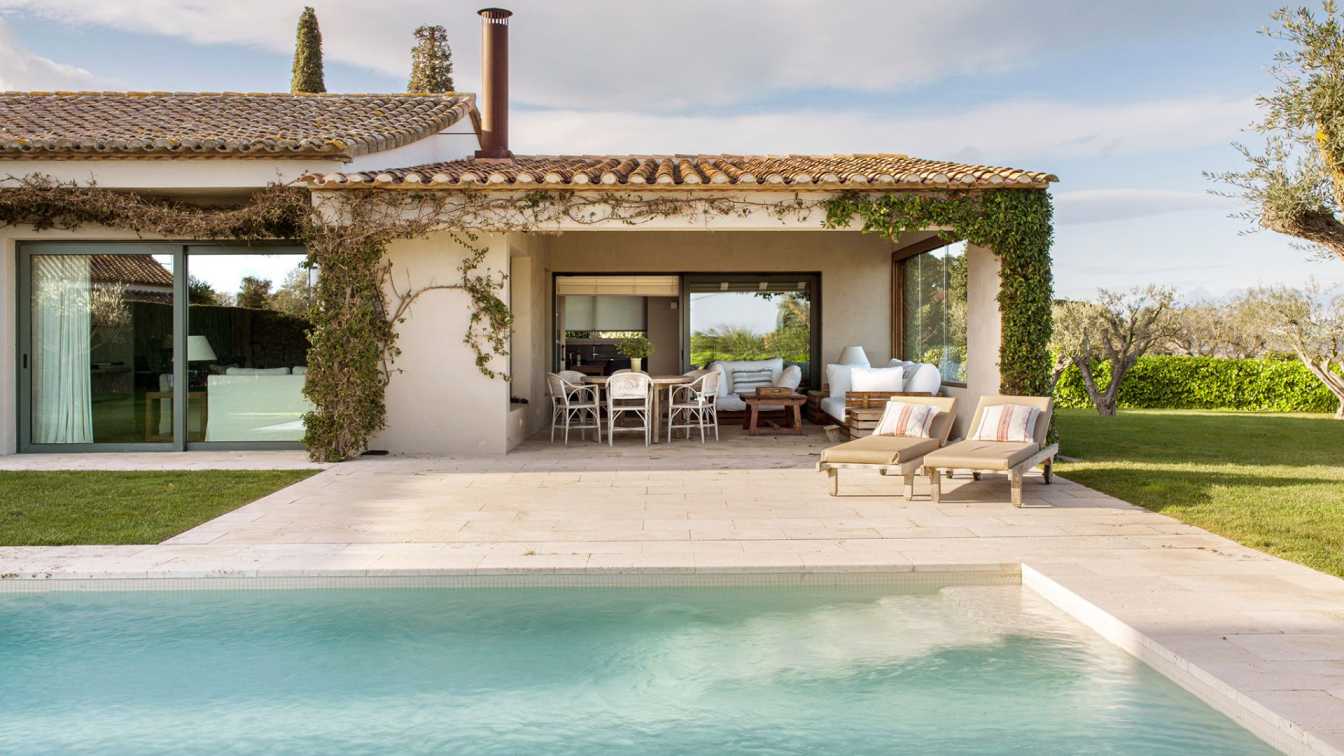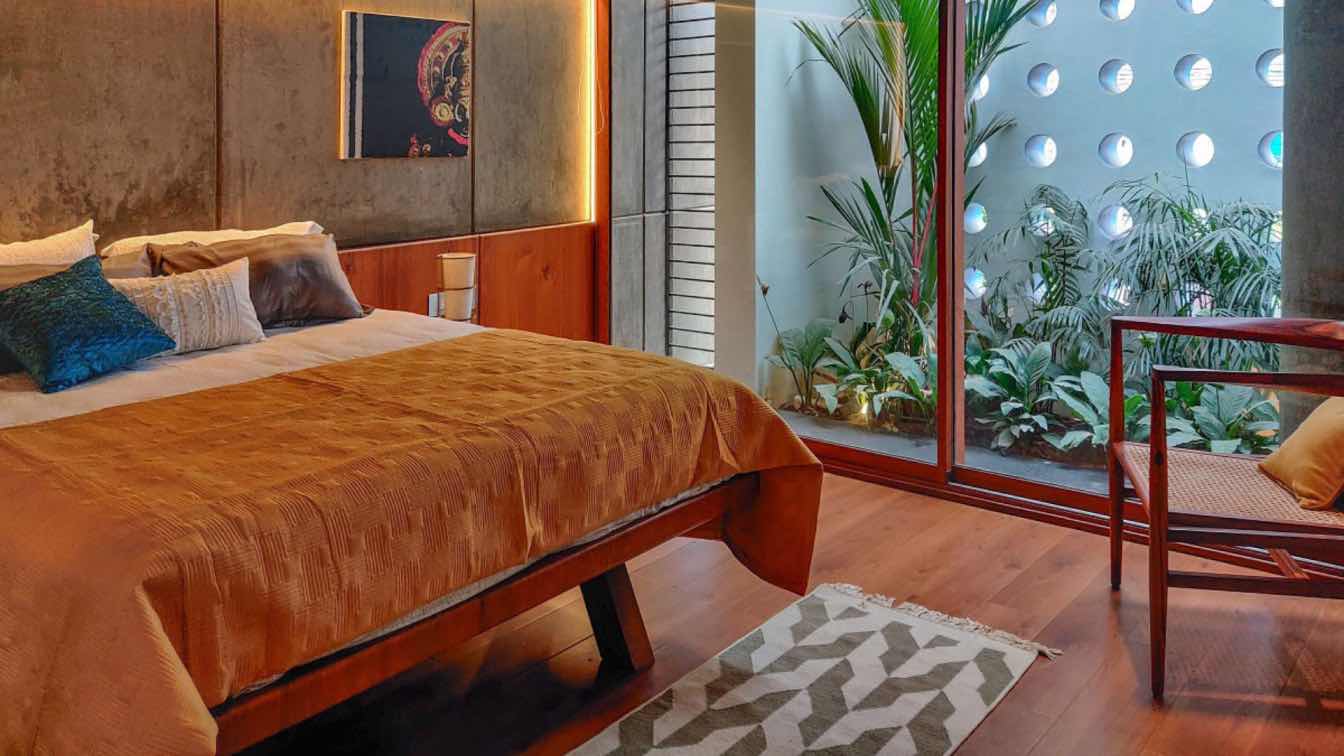As the world becomes more conscious of environmental issues, many homeowners are looking for ways to lessen their impact on the planet. One significant step they can take is to build eco-friendly houses. By using construction practices, individuals can create homes that prioritise energy efficiency, use materials, and incorporate environmentally friendly systems. This article provides tips and principles for building an eco-friendly home.
1. Start with a Well Planned Design
The foundation of a home begins with its design. A house's layout, size and positioning play a role in how energy-efficient it can be. An ideal eco-friendly design crafted by builders like Harris Build should maximise light and airflow while minimising heat absorption in seasons.
Additionally, homeowners should consider how their home fits into its environment. Placing windows can offer views while reducing the need for artificial lighting and maintaining comfortable temperatures throughout the year.
2. Focus on Energy Conservation
An essential objective in constructing an eco-friendly home is effectively reducing energy consumption. Using energy efficiently benefits the environment and cuts down on utility costs.
To enhance energy efficiency, homeowners should prioritise insulation. Insulated walls, roofs, floors, and windows help retain heat in winter and keep out excess heat during summer months.
Many developers nowadays opt for power solutions as an energy source. Solar panels in eco-friendly homes can produce electricity and provide an additional way to heat water. Additionally, using high-efficiency appliances can help conserve energy during tasks like cooking and laundry.
3. Emphasize Water Conservation
Water conservation is becoming increasingly important globally due to water scarcity concerns. To address this issue, homeowners should implement water-saving strategies in their routines. Sustainable homes often feature low-flow fixtures such as faucets and showerheads to reduce water usage without sacrificing convenience or comfort.
Rainwater harvesting systems are commonly integrated into eco-friendly homes allowing residents to collect rainwater for potable purposes like watering gardens or flushing toilets thereby reducing reliance on municipal water sources. Moreover incorporating "greywater" systems that recycle wastewater from sinks, showers or laundry, for landscaping irrigation promotes water usage.
4. Choose Sustainable Materials
Selecting sustainable building materials is essential when constructing an eco-conscious home. Using eco-friendly materials can significantly lower the carbon footprint and improve indoor air quality. Choosing locally and sustainably sourced materials also helps decrease emissions associated with transportation.
Using materials, like bamboo or cork of traditional hardwood is a great choice because they grow back quickly and are sustainable resources. Additionally, homeowners should consider using recycled or salvaged building materials whenever possible. Repurposing materials like wood, bricks or metal helps reduce waste and gives these valuable resources a second life.
5. Implement Efficient Heating and Cooling Systems
Installing efficient heating and cooling systems is important for reducing energy usage. Opting for energy options during planning can lower energy requirements while maintaining a living space. One effective method is installing heat pumps that use the underground temperature for heating or cooling. These systems consume energy by transferring heat rather than creating it from scratch.
Another popular option is using radiant floor heating in combination with zoning systems. This setup allows homeowners to customise the temperature in each area minimising energy wastage in spaces.
6. Build Green Roofs and Walls
Building roofs and walls can further improve a home's sustainability while offering benefits beyond just being environmentally friendly. Green roofs help reduce runoff, provide insulation, enhance air quality by absorbing pollutants, and promote biodiversity in settings.
Green walls, whether indoors or outdoors, serve the purpose of insulating spaces and enhancing their beauty with gardens that are low-maintenance compared to traditional gardens.
In conclusion, designing a home involves careful planning, using energy-efficient systems, implementing water-saving techniques, and choosing sustainable materials. These steps are crucial for reducing our impact without sacrificing convenience or functionality. By embracing eco-friendly building practices, homeowners can create homes that prioritise energy sources, water conservation, and a healthy indoor environment. Together, we can contribute positively to the planet while enjoying the advantages of living in an eco-friendly home.





